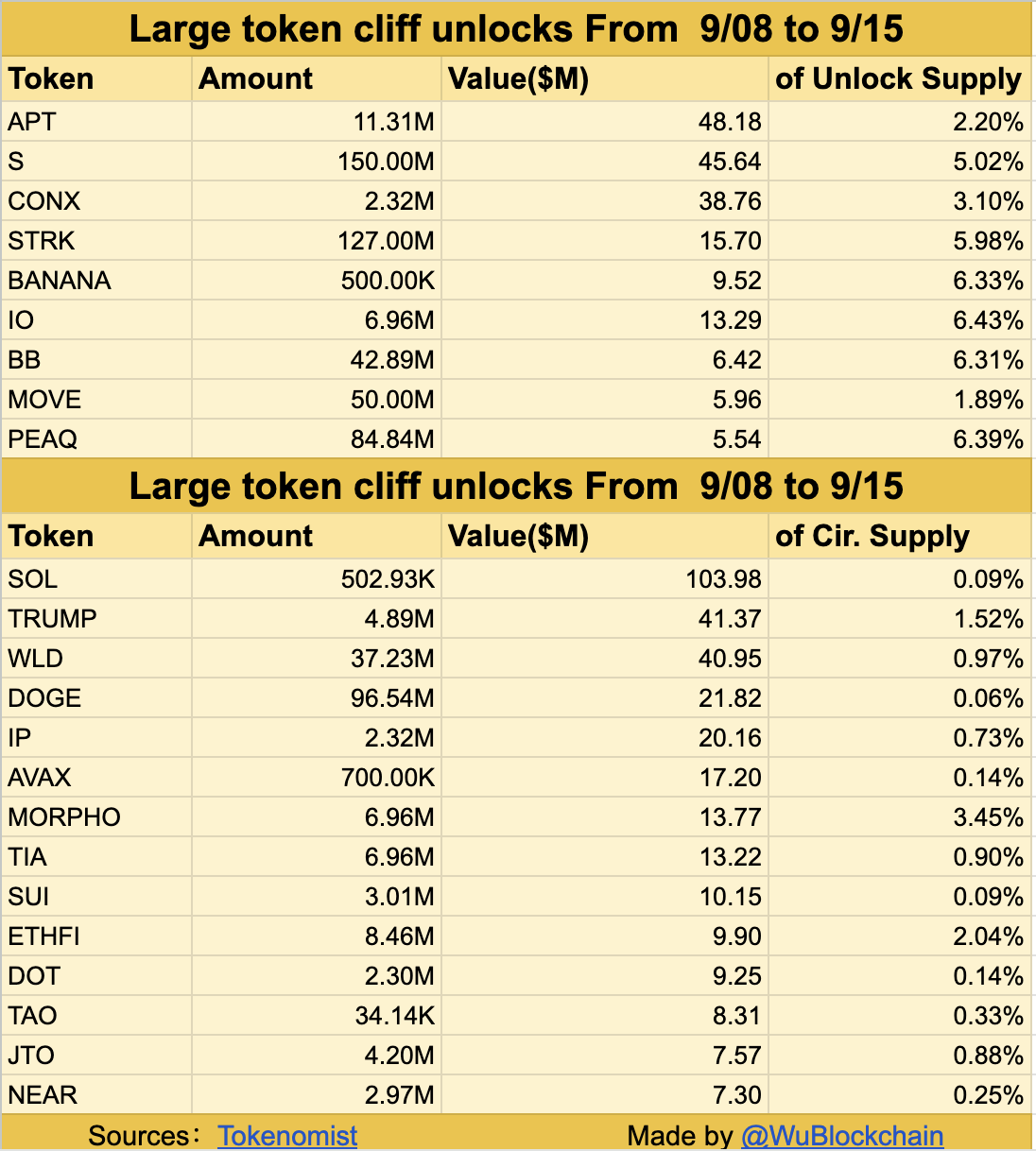When XRP was first introduced, its main selling point was to serve as the digital rail for banks, replacing SWIFT in cross-border settlements.
However, over a decade later, global financial giants remain cautious. They are exploring central bank digital currencies (CBDCs) and internal payment rails instead of fully adopting XRP.
Some analysts, particularly those from the Chainlink community, have called this a defeat for XRP. However, XRP has alternative use cases that secure its relevance and growth, even without Wall Street’s full embrace.
As The Crypto Basic reported in 2023, Michael Brooks, CEO of the freelance platform goLance, confirmed that the company uses XRP to pay freelancers quickly and cost-effectively.
Brooks explained that goLance targets underserved markets where traditional banking systems cause delays and high fees. By leveraging RippleNet and the XRP Ledger, goLance enables instant payments with minimal fees, even on weekends.
He highlighted that for freelancers in regions like the Philippines, where $50 a week is a common wage, waiting days or losing up to 10% in bank fees is unsustainable. XRP solves this by enabling fast, low-cost cross-border payments.
With the global remittance market worth nearly $860 billion a year, this “people’s rail” narrative could become the backbone of XRP’s value proposition beyond its original bank rail pitch.
Corporate Payments Beyond Banking Systems
Meanwhile, small and mid-sized enterprises are also ripe for XRP adoption. These firms don’t need a full-scale replacement of banking rails—they just need cheaper and faster ways to manage supplier payments, payroll, and foreign exchange.
For example, cross-border payroll solutions in the gig economy, or payments across Asia’s dense supplier networks, could benefit from XRP’s low-cost settlement. This use case drives steady adoption without having to wait for traditional banks to move.
Indeed, in 2023, SBI Japan launched an XRP-based international remittance service targeting bank accounts in the Philippines, Vietnam, and Indonesia—regions with high remittance volumes.
Using XRP as a bridge currency, the system allows SBI VC Trade to send XRP upon a remittance request, which is then converted into local currency for the recipient.
Powering the Internet Economy
Beyond traditional payments, XRP could become a crucial enabler of the internet economy. Micropayments for streaming, gaming, IoT devices, or even automated API calls require fast, inexpensive transactions.
While Bitcoin’s Lightning Network and stablecoins have captured much of this space, XRP’s low fees and high throughput position it as a natural contender.
The XRPL Ecosystem Advantage
Furthermore, the XRP Ledger (XRPL) itself offers fertile ground for innovation. Decentralized exchanges, automated market makers, tokenized assets, and even compliance-friendly NFTs are emerging within the XRPL ecosystem.
With stablecoin issuers already leveraging the network, XRP’s role as a native bridge asset becomes even stronger. In other words, even without banks, ecosystem activity could drive demand for XRP as collateral and liquidity fuel.
Reserve-Like Asset in a CBDC World
Finally, XRP may evolve as a diversification asset. As transaction fees gradually burn XRP supply, its scarcity could attract investors seeking a hedge in a world dominated by CBDCs.
It wouldn’t need to replace the dollar or euro to thrive. It would merely act as an alternative for portfolio allocation, supporting long-term value.
In Sum
The idea that XRP’s future rests entirely on bank adoption may no longer hold true. Instead, XRP’s path to success could emerge from a variety of use cases, from migrant remittances and gig economy payments to IoT transactions and tokenized markets.
Each use case may be smaller than the original “bank rail” vision, but together, they create a diversified foundation that makes XRP resilient.
Ultimately, even if banks say no, XRP still has plenty of ways to win.








